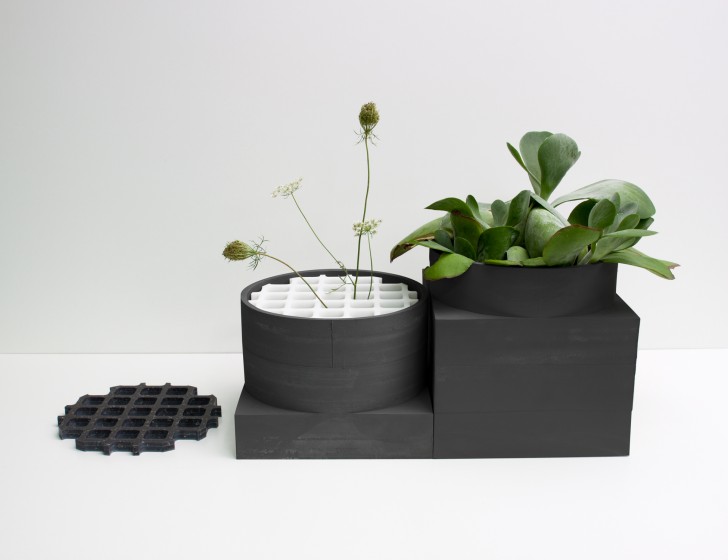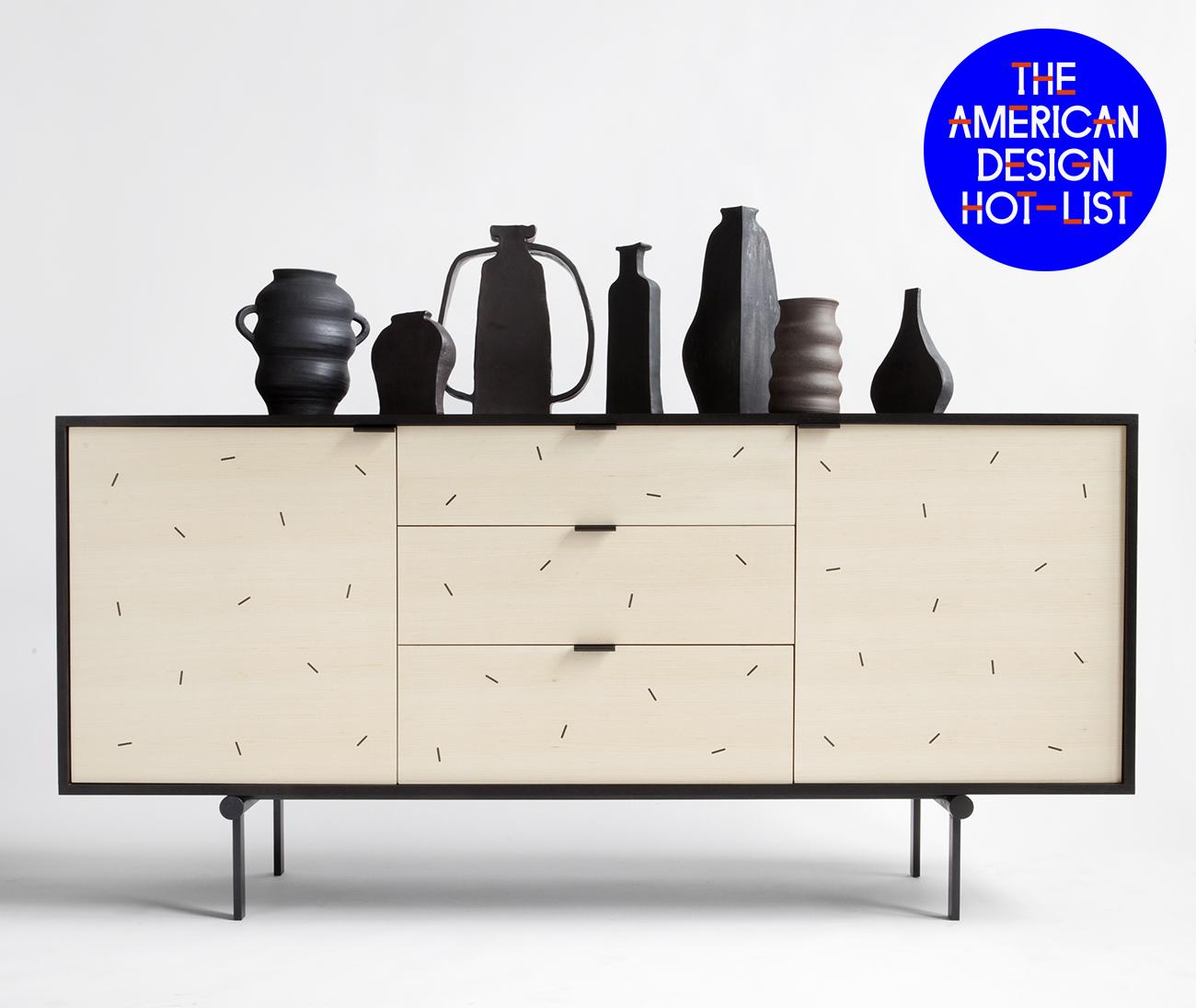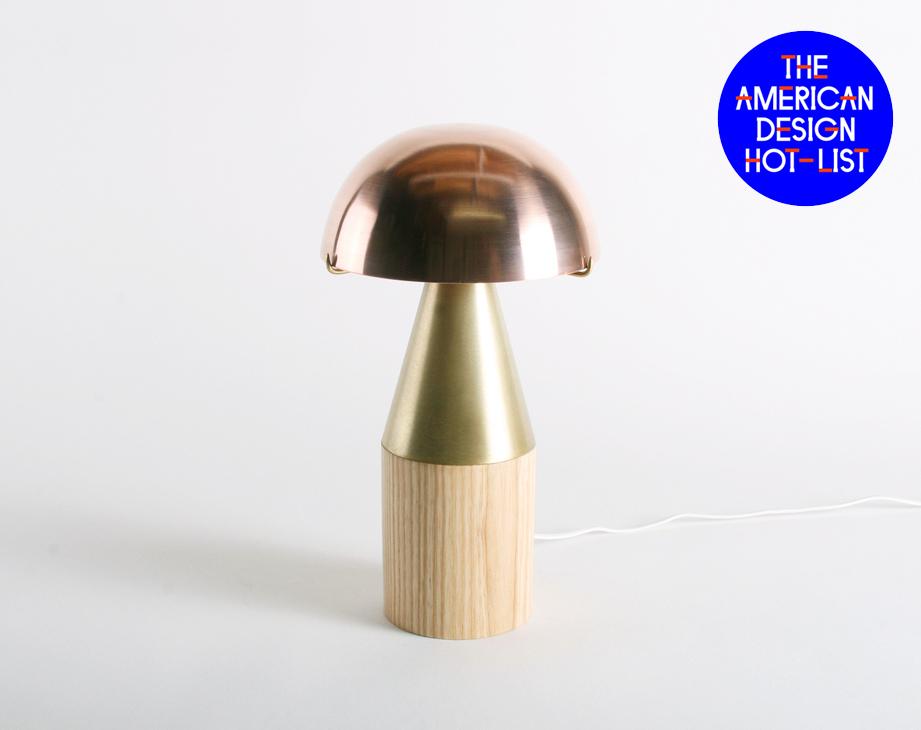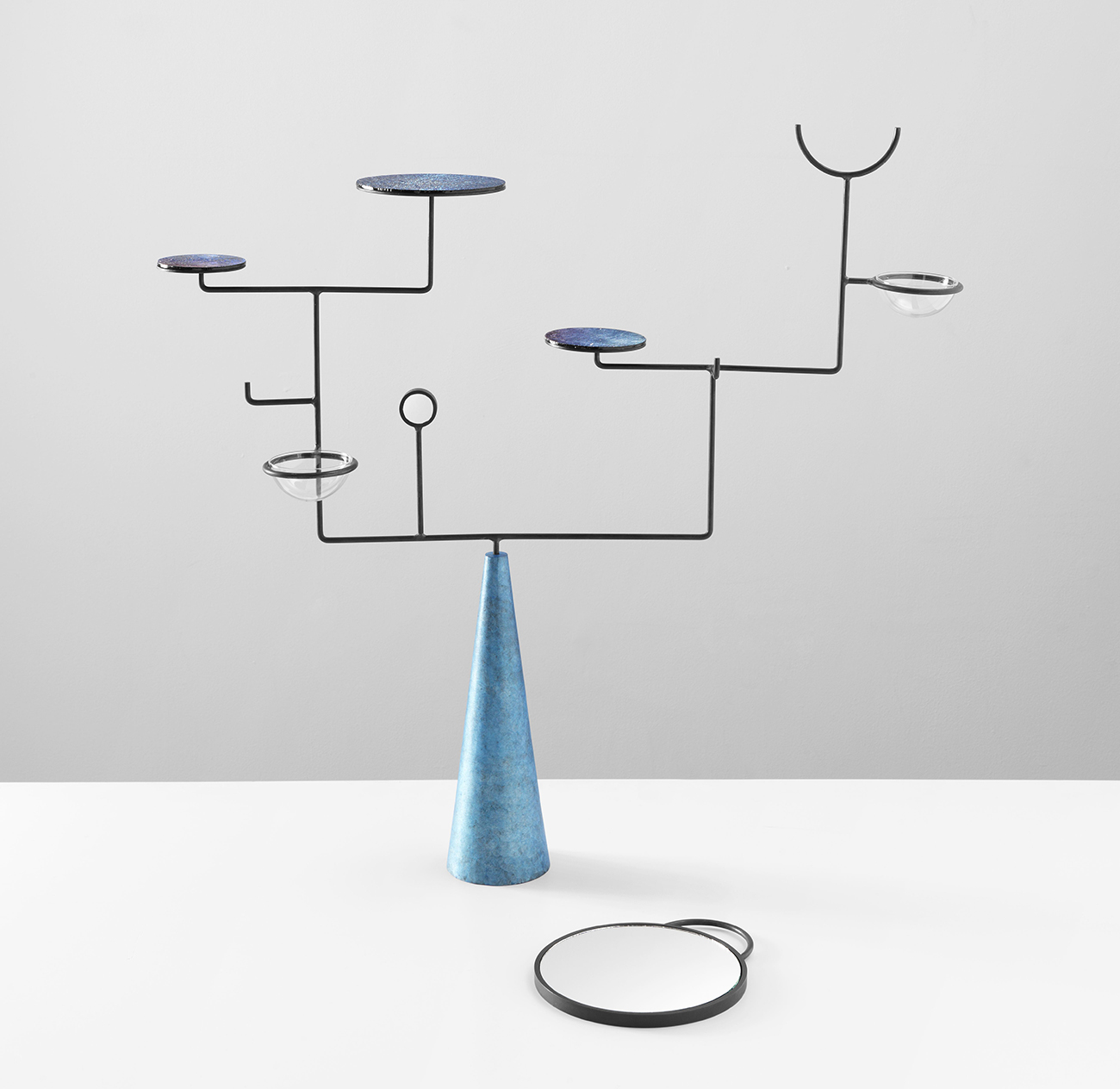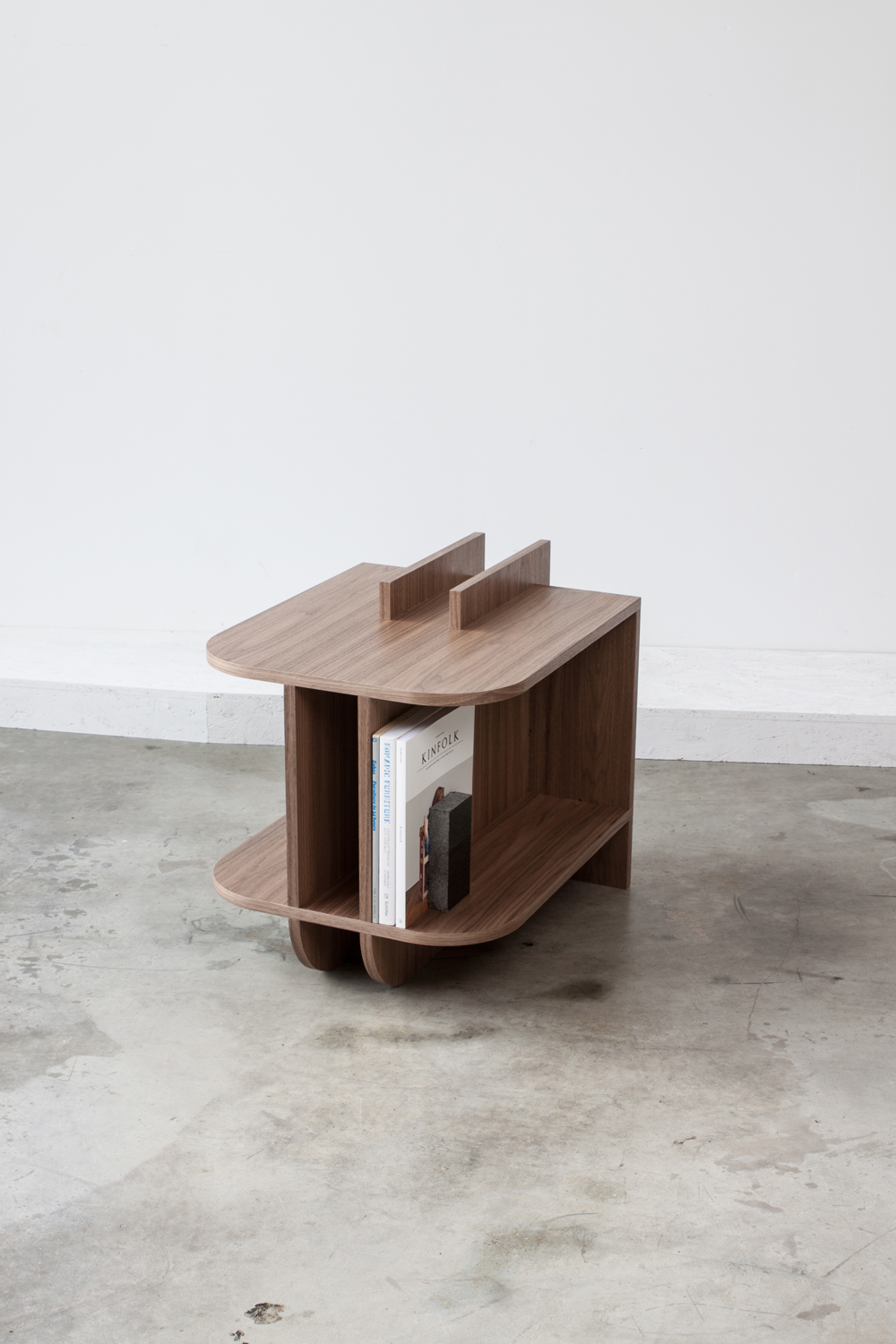
American Design Hot List 2014
LUUR Design
Indianapolis, luurdesign.com
We first got to know LUUR’s Christopher Stuart when he penned two books on how to DIY other designers’ furniture; we’ve since come to know him as the maker of an increasingly rich and varied portfolio of his own.
What is American design to you, and what excites you about it?
It’s a revolution! American designers have come together in a relatively short amount of time to place a stake in the ground and make things happen, even when there isn’t a client. As a result, we get to see very raw original works that are purely the voice of the designer. Because so many of us are self-initiating, self-funding, and self-manufacturing, process and material are playing a huge role in the movement. It’s about what we can make on our own or outsource locally. Natural materials and traditional craft techniques are used in combination with modern equipment like CNCs, laser cutters, and 3D printers. To me, this blend of familiar and experimental helps define American design. It’s exciting to be a part of it!
What are your plans and highlights for the upcoming year?
We are currently working hard to launch new products. We have quite a few things in the works ranging from smaller housewares to furniture and lighting. We keep adding more and more equipment to our shop and we are running out of room, so a move might be in our near future! We bounce back and forth between the client side and the self-initiated side. My hope is that these two sides become much closer, allowing each to help the other grow. My goal is that our self-initiated work becomes the example to help steer our client work.
When studying furniture design at school, I took a lot of ceramic classes and I loved the immediacy of clay. It’s a great way to offset how labor-intensive woodworking is. So, we just got a kiln and are working on some pieces, exploring different techniques from slip-casting to hand-building, and tossing in some experimental approaches as well. We hope to have some things to show very soon.
I’m also very interested in the connection between space and objects. As a result, we are growing our firm to include more architecture, interior, and landscape projects. We love it when we have the ability to tell a bigger and more complete story by designing the space and the objects that reside within them.
What inspires your work in general?
Many of the great Modernist architects like Louis Kahn, Carlos Scarpa, Le Corbusier and of course Minimalists like Donald Judd, Frank Stella, Dan Flavin, and Sol LeWitt. Not only because of their aesthetic, but because they embraced the materials they worked with. There was evidence of process, and even when the material was unnatural, the results were always honest and straightforward. I think of the late comedian Mitch Hedberg, who, when describing turkey ham or turkey bologna, said, “Somebody needs to tell the turkeys: Man, just be yourself! I already like you, little brother. You do not need to emulate the other animals. You got your own thing going.”
I often look to utilitarian objects for inspiration for the same reasons. Objects like brick grain silos, concrete sewer drains, and even a basic CMU or clay brick all are stripped down to the basics. They look the way they do because of the process and end-use. It seems like the more experience I have, the more I try to think like a child; just trying to have fun and be honest with what I’m doing.
My work is also informed by process — highlighting how something is made, whether by hand or machine. Having my own shop has allowed me to make lots of prototypes and mistakes! “Fail fast” is something my right hand man, James, says all the time. Meaning the faster we fail, the sooner we can find a better solution. Being so close to the build, we get to see where we can modify the design to better fit the process or material.
